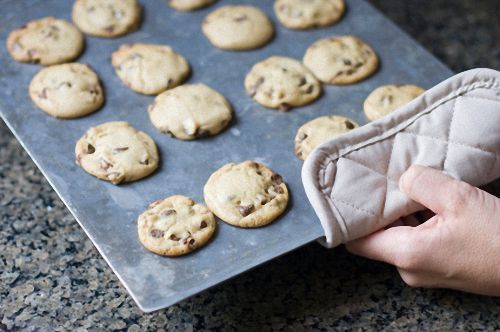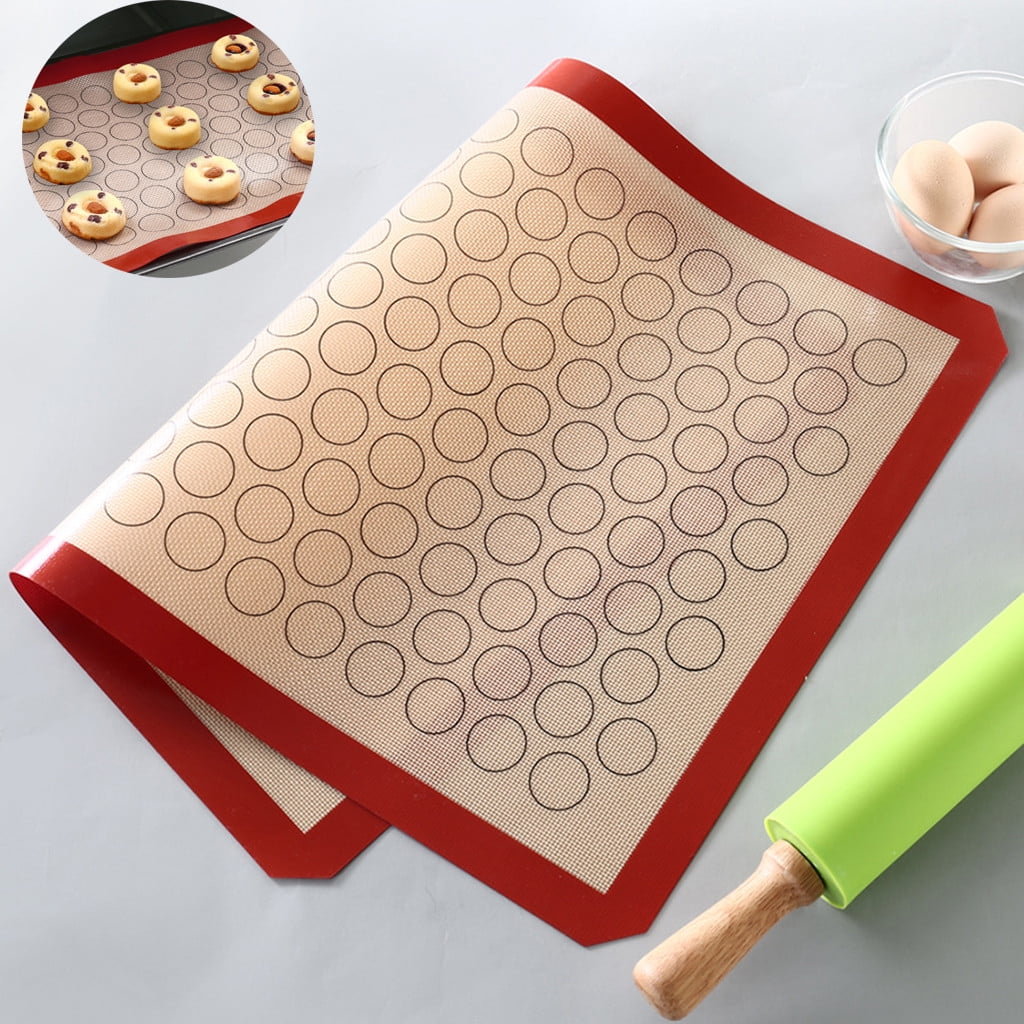
While nominally half the size-and typically sharing one dimension-quarter sheets will not necessarily nest inside a half sheet side by side (whether for storage or other purposes). Pans of a single design from a single vendor will usually share the same rim height and rake across all tray sizes in a series, thus the sacrifice of flat baking surface is proportionally greater (relative to outer dimension) for small pans than for large pans. Typically, for rimmed trays, each rim will sacrifice 10–20 mm (0.5–0.75 in) of baking surface along that edge. In many cases, American and European sizes are matched closely enough to be used interchangeably. Within each standard, other commercial kitchen equipment, such as cooling racks, ovens, and shelving, is made to fit these standard pans.
COOKIE SHEET VS COOKING SHEET PROFESSIONAL
Professional sheet pans used in commercial kitchens typically are made of aluminum, with a 25 mm (1 in) raised lip around the edge, and come in both standard and non-standard sizes. Because there are no sides on a cookie sheet, this baker used metal binder clips to keep the parchment baking paper from sliding off. A pan that has at least one side flat, so that it is easy to slide the baked product off the end, may be called a cookie sheet.Ī flat cookie sheet. This shape is called a jelly roll pan because the sponge cake for a jelly roll can be baked in it.Ī sheet pan that has a continuous lip around all four sides may be called a jelly roll pan. The friction of the pan's under surface may be a safety consideration in some applications. Mass, thermal conductivity, and colour of the pan play key roles in achieving a uniform cooking temperature. Gillespie.Ĭommercial pans are sometimes made from aluminized steel which combines the conductive, reflective, and food adherence properties of aluminum, with the rigidity, mass, and strength of the inner steel core (in this process, the aluminum surface is typically 90% aluminum and 10% silicon, which is not quite the same as pure aluminum).


The earliest recorded usage of sheet pans is in Scotland, by the baker Henry A. Rigidity of the pan is especially important if the pan is to be placed directly on a flat heat source (hearth stone, induction element, etc.) Rims and ridges contribute to rigidity. Originally made of sheet iron, today's baking trays are made of either aluminum or sheet steel that has been enameled or coated with PFAS.Ĭommon features that may be found in sheet pans include: one or more flat edges to assist food removal, one or more raised edges (lips) to retain food, a contiguous rim to retain either food or shallow liquid, handles to assist in moving the pan into and out of the oven, a layer of insulation (typically air) designed to protect delicate food from burning (air bake pan), or perforations to aid in speeding cooking (pizza tray). These pans, like all bakeware, can be made of a variety of materials.

COOKIE SHEET VS COOKING SHEET FULL
Metal pan placed in an oven and used for baking pastries A baker places a hot sheet pan full of bread rolls onto a cooling rack.Ī sheet pan, also referred to as baking tray, baking sheet, or baking pan, is a flat, rectangular metal pan placed in an oven and used for baking pastries such as bread rolls, cookies, sheet cakes, Swiss rolls, and pizzas.


 0 kommentar(er)
0 kommentar(er)
